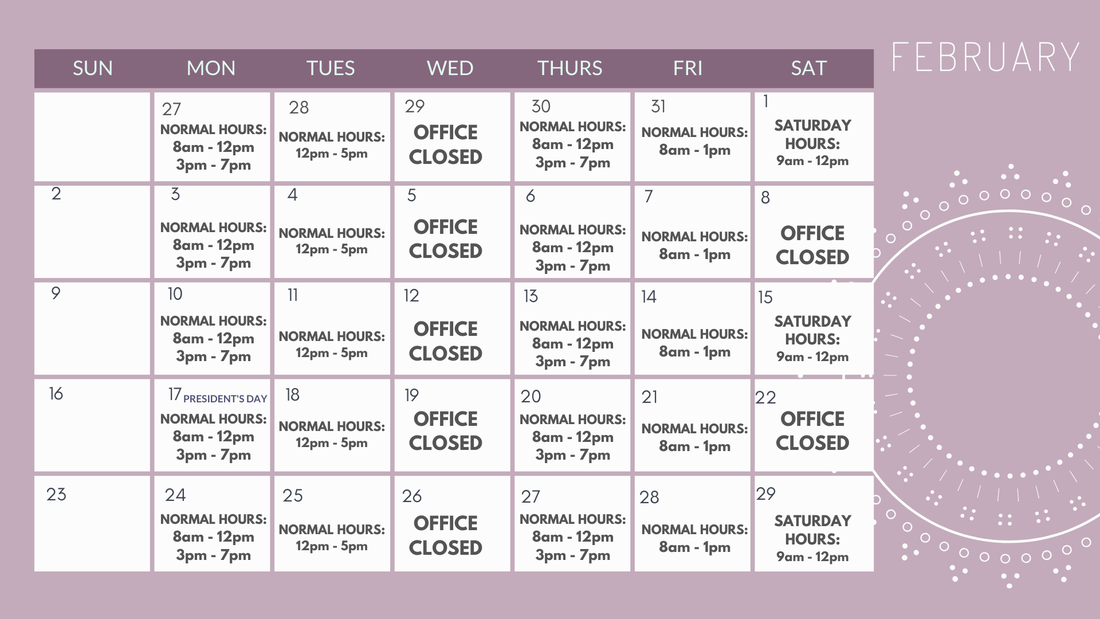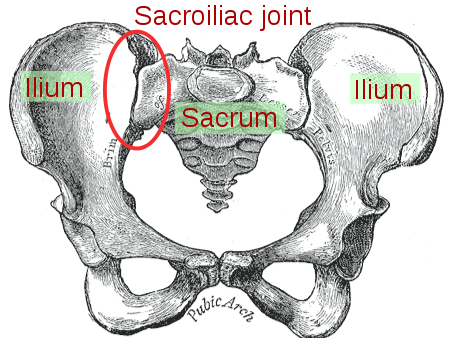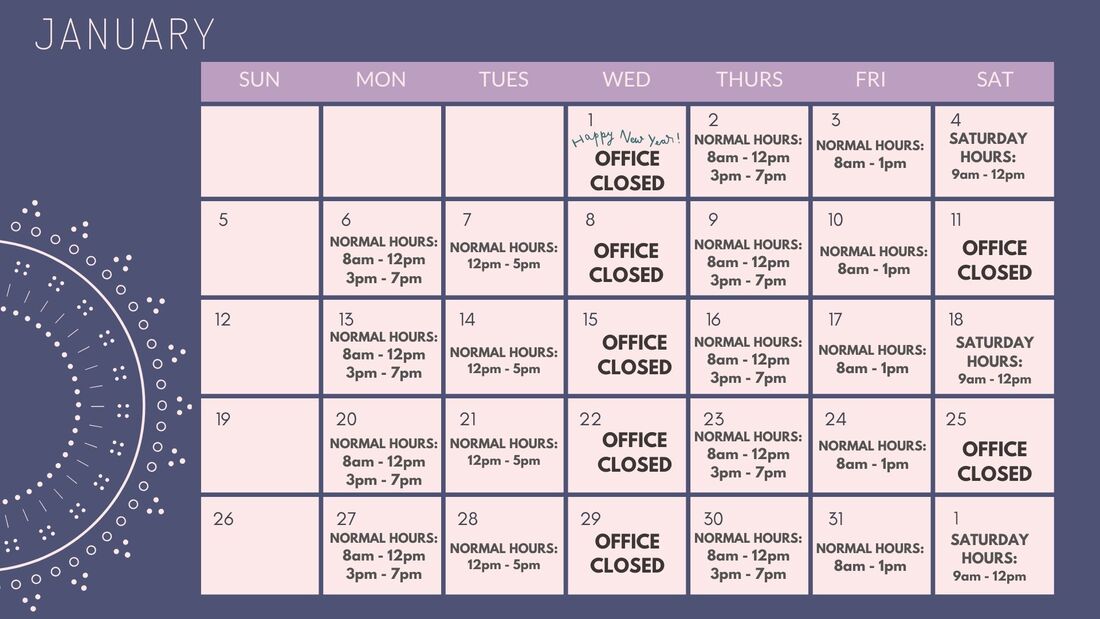|
You can download a pdf of our February schedule here.
0 Comments
Sacroili-WHAT? Your sacroiliac joints (what we call your SI joints for short) are the main joints in your pelvis - they are the connection between your sacrum and ilium bones. These two joints are very important in many movements you do throughout the day - walking, running, standing. They are very big joints that absorb a lot of the force in your body when walking and/or running. Research tells us that SI joint dysfunction is to blame for about 15-30% of lower back pain.
Why does this happen? As we’ve discussed before, your body is always responding to different stresses: physical, emotional and chemical. The way your body reacts to these outside stresses is to get restrictions in your joints, which causes an inflammatory response in the joint and tissues surrounding that joint (what we call subluxations). That inflammatory response and lack of proper motion at that joint sends bad feedback to the brain, and our brain perceives some of this bad feedback as pain. When there continues to be a problem and stress response at that joint, the brain secretes stress hormones in our body, and our body cannot heal or function as it should.
COOL SCIENCE NERD BONUS:
Your sacroiliac joints are very closely connected to how your core muscles activate. Your core muscles are vital for stabilizing your body, and your brain needs to know to activate these muscles in preparation for the most of the motions we do throughout the day on a daily basis. (Your brain knowing to prepare the muscles for movement is called the feed-forward mechanism.) A group of asymptomatic young men (meaning they did not have any pain) were tested to determine how their core muscles were activating with movement. (Basically if these muscles were “turning on” how they are supposed to during movements like lifting up their arm or leg.) About 20% of this group were shown to have core muscles that did not activate properly, which makes that person more prone to injury in the future. When this group with poor muscle activation was evaluated by a chiropractor, they were found to have misalignments at the SI joints or some type of SI joint dysfunction. Their SI joints were adjusted and the feed-forward mechanism was re-tested. After just that one adjustment, there was a 40% improvement in their ability to pre-activate their core musculature! (1) What does study this tell us? It tells us that just because you don’t have symptoms or serious pain doesn’t mean there’s not a problem. We see this a lot in our office - a patient has had a desk job for years with general on and off low back stiffness, but never through much of it. One day, he or she bends over to pick up a piece of paper from the floor and gets a sharp, sometimes debilitating pain/injury. Most likely, this is not caused by bending over to pick up that piece of paper, this is usually caused by the build-up of different stresses in our lives that are affecting the communication between your brain and body on a nerological level for years. 1. Marshall P, Murphy B. The Effect of Sacroiliac Joint Manipulation on Feed-Forward Activation Times of the Deep Abdominal Musculature. J Manipulative Physiol Ther 2006; 29(3): 196-202. These are some of the most popular questions we get before a patient comes to see us for the fist time! 1. How long is each visit? During your first visit at our office, you will spend about 30-45 minutes with me. We’ll go over your current health issue and past health history, do a thorough evaluation and exam to learn more about your condition and your general biomechanics. You may get your first adjustment that day. (Or some patients are referred out for x-rays before a full adjustment can be performed. This is based on your health/injury history and/or your exam findings). Your second visit will last about 20-30 minutes. This is when I will go over your exam findings with you, and when we’ll determine the appropriate care plan schedule that fits your needs. Your regular adjustment visits will last about 15-20 minutes.
3. What techniques are used? I use a combination of techniques that’s specifically tailored to each individual patient. (I recently had a student shadowing me one day, who at the end of the morning turned to me and said, “wow - you did something different with every patient today!”) I use the Activator Method to analyze and adjust the spine to start, and add in some different techniques (gentle manual adjusting, drop-table, soft tissue techniques, etc) if needed. This creates a unique approach and experience for each individual patient who steps in our door. 4. Do I have to be in pain to start care? Of course not! It’s always a good idea to get your spine checked by a chiropractor BEFORE there’s a pain issue or injury. We have many patients who have heard about the benefits of chiropractic as part of their overall health. Usually, these patients do not have to be seen as frequently as patients who are injured or having a current pain issue. 5. Do you take insurance? We are in-network with some insurances (UnitedHealthcare, Oxford, Connecticare, Blue Cross/Blue Shield) and out of network with others. During your first visit, our Beth (our office manager) will check your benefits and let you know what your responsibility per visit will be. We electronically file insurance claims on your behalf. If you don’t have insurance or opt no to use it, our out of pocket fees are reasonable, and similar to many insured patients’ co-pays or co-insurances. 6. Can chiropractic help with _________? Maybe! Chiropractic in its truest form is not a “treatment” for anything specific, it helps improve the function of your own body so it can be better equipped heal itself! Do you have any other questions? Ask us in the comments section below, or give our office a call at 203-355-2830.
|
AuthorDr. Cristina shares some insight about the benefits of Chiropractic as a vital part of your healthy lifestyle! Archives
August 2022
Categories
All
|








 RSS Feed
RSS Feed
